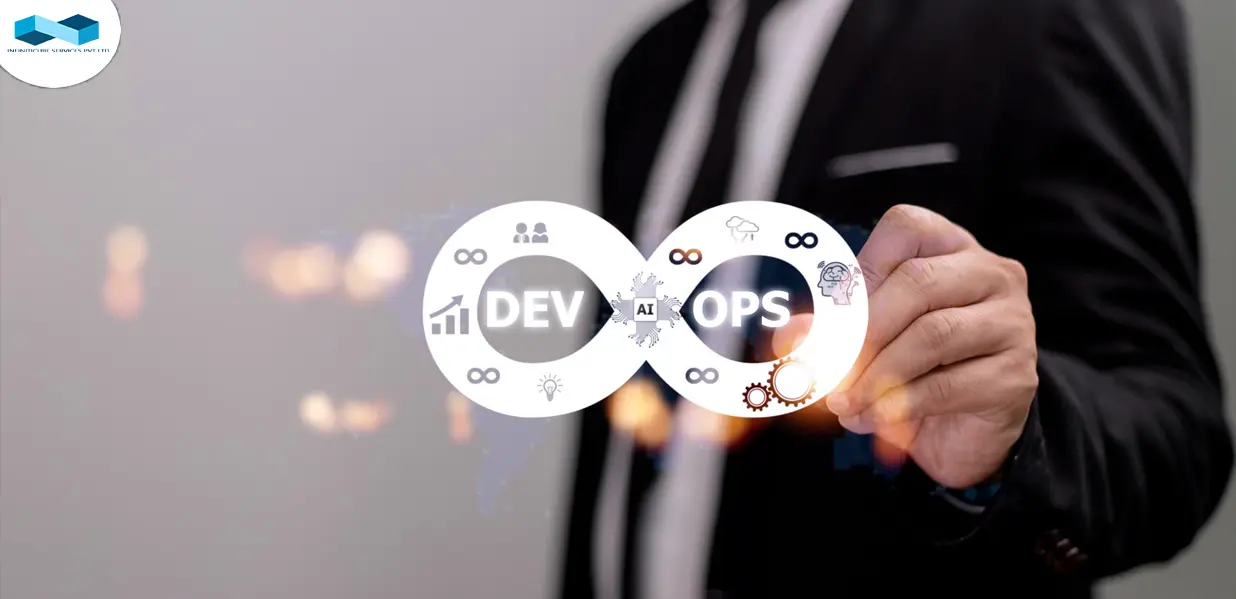


 February 22, 2024
February 22, 2024
 0
0
In DevOps practices where agility and efficiency reign supreme, the fusion of edge computing with DevOps emerges as a game-changing force. DevOps known for its emphasis on collaboration, automation, and continuous delivery, has changed software development and deployment.
Like, edge computing functions bring computation and data storage closer to the data source, and offer benefits like reduced latency, optimized bandwidth usage, and enhanced user experiences.
When we talk about Integrating these two powerful tech paradigms, we can look ahead at a future with immense potential to foster innovation and streamline operations across various industries.
In this blog post, we'll delve into the integration of edge computing into DevOps practices. Let's examine each of these domains to grasp how edge computing can be seamlessly incorporated into DevOps methodologies, leading to improved outcomes.
Before exploring their integration, it is a must for you to get introduced to the essence of edge computing and DevOps separately.
Edge computing is a paradigm where rather than relying solely on cloud servers, data processing and computation take place closer to data source or endpoint devices. Advantages like reduced latency, enhanced data privacy, and the ability to manage large volumes of data generated by edge devices like IoT. It typically involves deploying computing resources at the edge network, whether within IoT devices themselves, on local servers, or in edge data centers.
Now, coming to DevOps, it is a collection of practices aimed at integrating development (Dev) and IT operations (Ops) teams to enhance collaboration, automation, and efficiency throughout the software development lifecycle. DevOps gives its complete focus to continuous integration, continuous delivery (CI/CD), automated testing, infrastructure as code (IaC), and monitoring and feedback loops to facilitate faster and more reliable software delivery.
Integrating edge computing into DevOps practices poses several challenges and considerations due to complexities in deployment, management, monitoring, and security. Here are some key challenges and considerations:
Resource Constraints
Network Connectivity
Diverse Hardware and Software Environments
Deployment Orchestration
Security
In conclusion, integrating edge computing into DevOps practices marks a significant advancement in modern application development and deployment. By leveraging the capabilities of edge devices and distributed computing, organizations can tap into new avenues for innovation and efficiency.
However, this integration presents its own set of challenges, including managing resource constraints, addressing network connectivity issues, and ensuring robust security and monitoring. Despite these challenges, the benefits of edge computing in DevOps are evident, offering improved performance, scalability, and resilience for applications deployed at the edge.
As organizations strive to stay competitive, embracing edge computing within their DevOps workflows is increasingly vital. Partnering with experienced DevOps teams specializing in edge computing can empower businesses to harness cutting-edge technology confidently.
At Infinticube, we provide comprehensive DevOps services tailored to your requirements, integrating the latest advancements in edge computing technology. Contact us today to learn how we can assist you in driving innovation and achieving success in the era of edge computing.
Remember, the future of application development lies at the edge. Stay ahead of the curve with our DevOps consulting services and unleash the full potential of your products.

Hello there! I'm Jayesh Chaubey, a passionate and dedicated content writer at Infiniticube Services, with a flair for crafting compelling stories and engaging articles. Writing has always been my greatest passion, and I consider myself fortunate to be able to turn my passion into a rewarding career.
Our newsletter is finely tuned to your interests, offering insights into AI-powered solutions, blockchain advancements, and more.
Subscribe now to stay informed and at the forefront of industry developments.